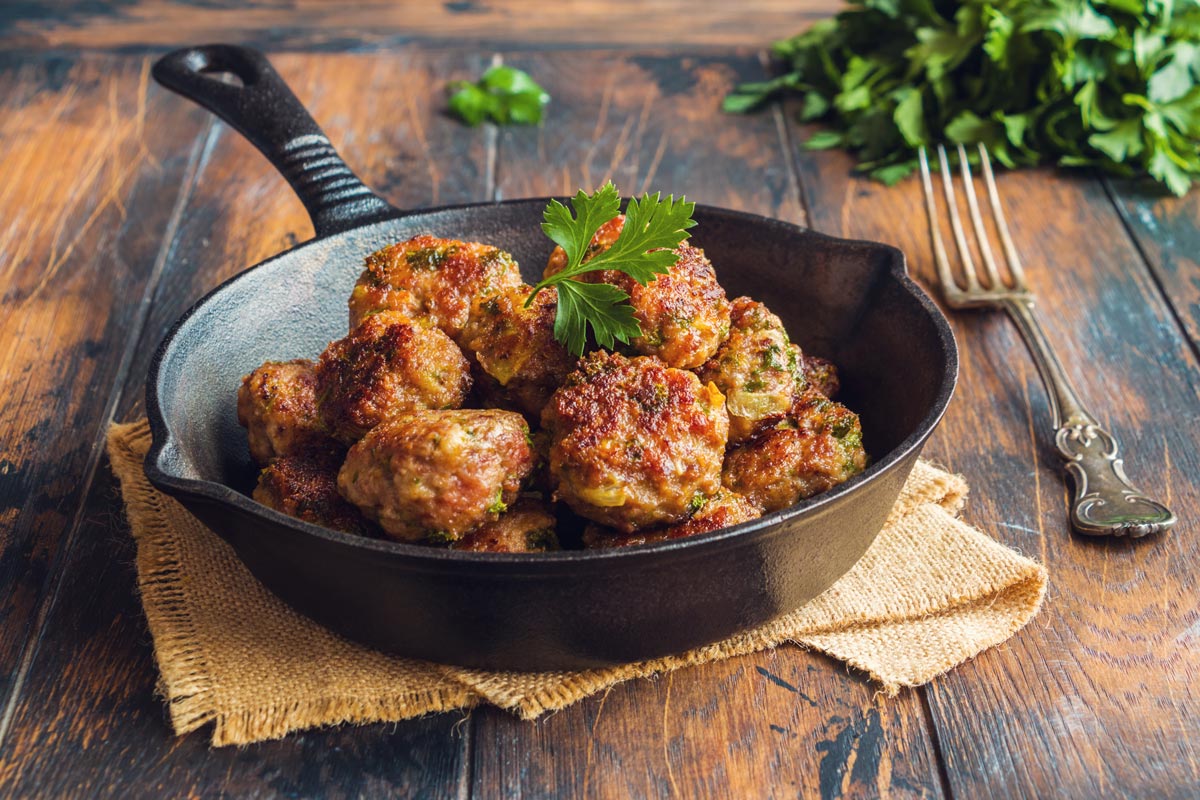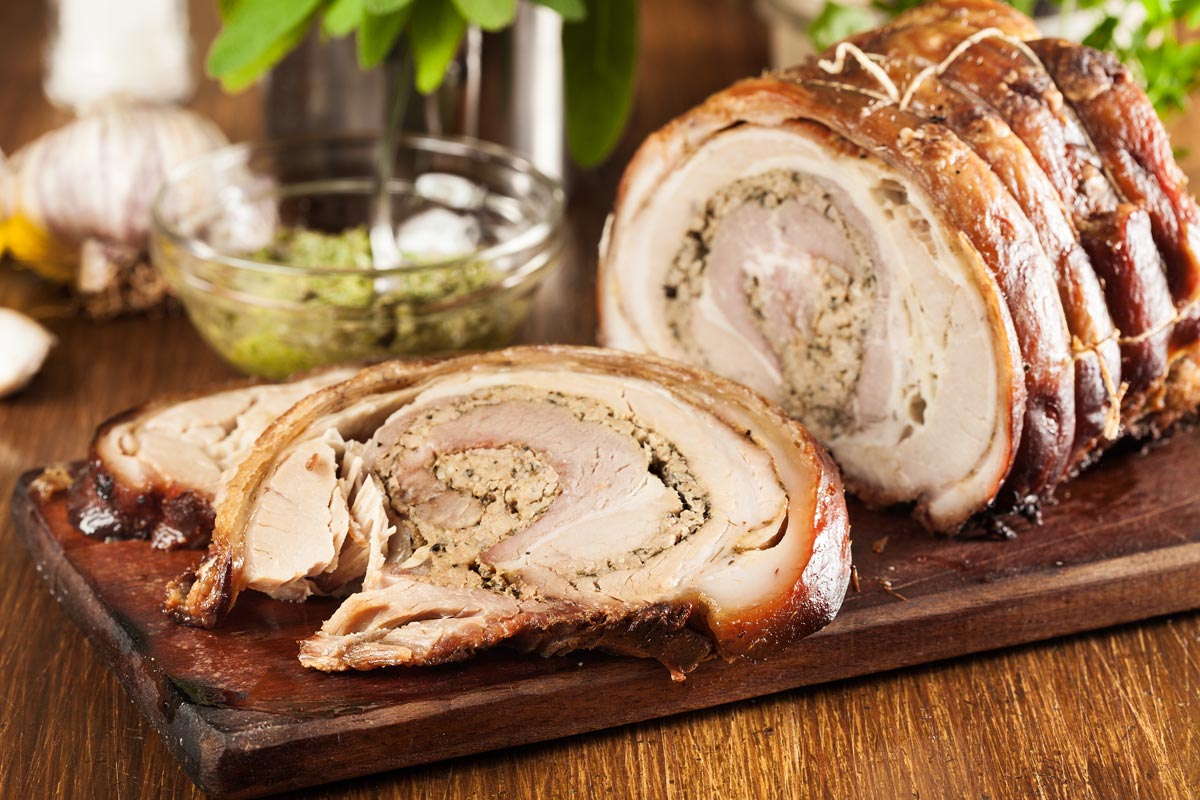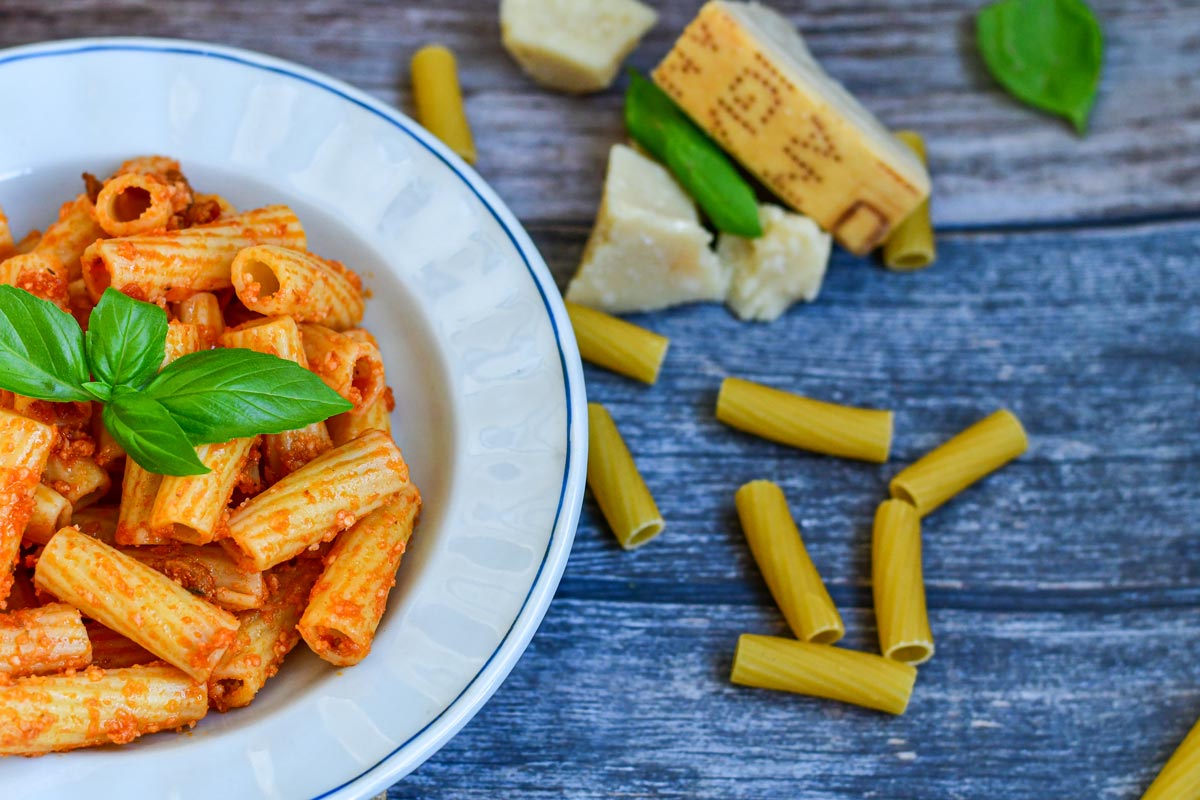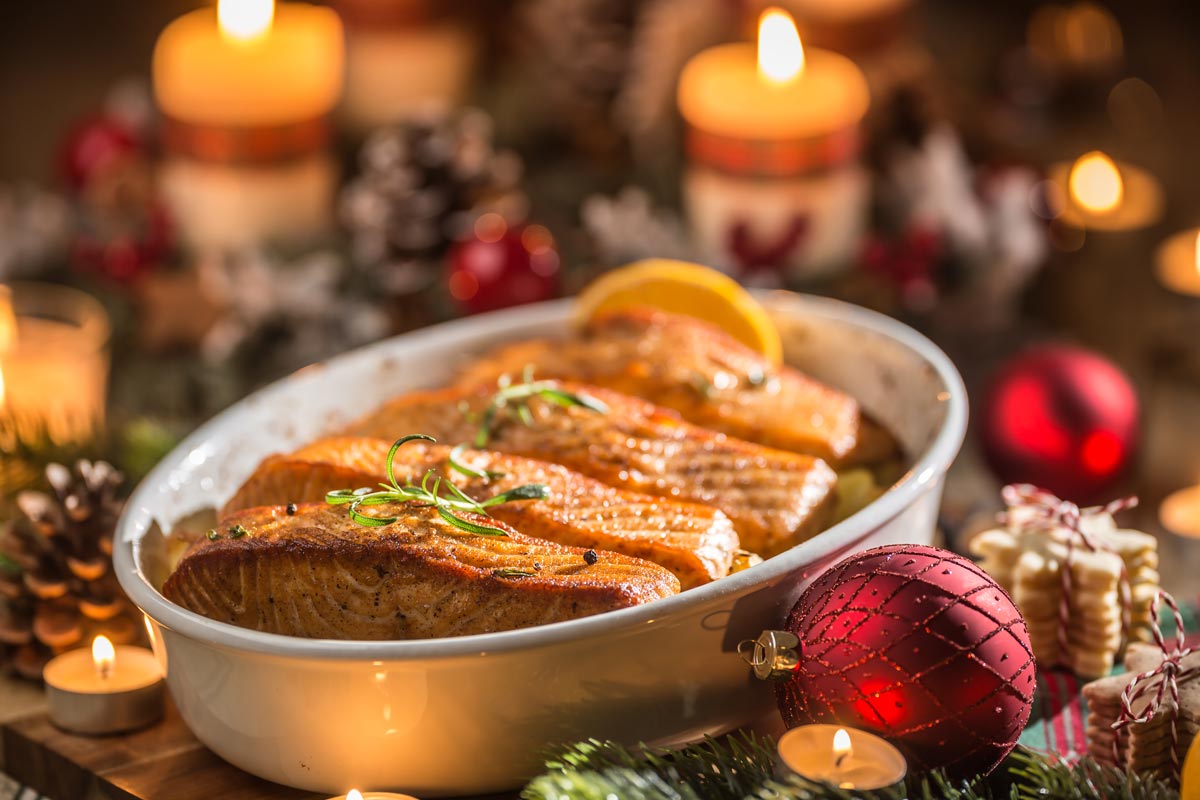Sicilian-style meatballs can be distinguished from others by the unexpected but delightful addition of currants and pine nuts. While many traditional cooks fry their meatballs on the stovetop before simmering them in tomato sauce, we prefer to bake ours on a wire rack positioned over a rimmed sheet pan. (The meatballs retain their shape and clean-up is easier.) Enjoy as is, or serve over pasta.
Ingredients
- Two 28-ounce cans peeled Italian tomatoes
- 1/4 cup extra virgin olive oil, plus extra for serving
- Coarse salt (kosher or sea)
- Freshly ground black pepper
- 3 slices of white sandwich bread, crusts removed
- 3 large eggs, beaten
- 3 cloves garlic, peeled and minced
- 1/4 cup chopped flat-leaf parsley
- 1 teaspoon dried oregano or basil
- 2 pounds ground beef chuck
- 1/2 cup dried currants
- 1/4 cup pine nuts
- 1/4 cup freshly grated Parmigiano-Reggiano cheese, plus more for serving
- 1/4 cup plain dry bread crumbs, or more as needed
Directions
Step 1
Pour the tomatoes into a large enameled cast-iron casserole and crush them. Add the 1/4 cup of olive oil and season with salt and pepper. Bring to a boil. Reduce the heat to low and simmer for 30 minutes. Line a rimmed sheet pan with foil (for easier clean-up) and place an oiled cooling rack on top.
Step 2
Meanwhile, in a bowl, soak the bread in water until saturated. Squeeze out the water and transfer the bread to a large bowl. Mash the bread to a paste and stir in the eggs, garlic, parsley, marjoram, 1 tablespoon of salt, and 1/2 teaspoon of pepper. Mash until smooth. Add the ground beef, currants, pine nuts, and cheese and mix until combined. Add the bread crumbs,
1 tablespoon at a time, and knead gently until the mixture is firm enough to roll.
Step 3
Form the mixture into balls, tucking in the currants and pine nuts. It helps to wet your hands with cold water before forming the meatballs. Arrange on the wire cooling rack. Refrigerate the meatballs while you preheat the
oven to 375°F. (If desired, you can also freeze the meatballs on the
rack; transfer them to a sturdy resealable plastic bag when they are solid. Thaw before baking. The sauce can also be frozen.)
Step 4
When ready to cook, place the meatballs (still on the cooling rack/sheet pan set-up) in the preheated oven. Bake for 20 to 25 minutes. Add the meatballs
to the sauce and simmer over medium-low heat for 30 minutes. Serve in shallow bowls with additional Parmigiano-Reggiano and olive oil on the side.
Serves 4 to 6 generously — Recipe adapted from Food and Wine, September 2007




